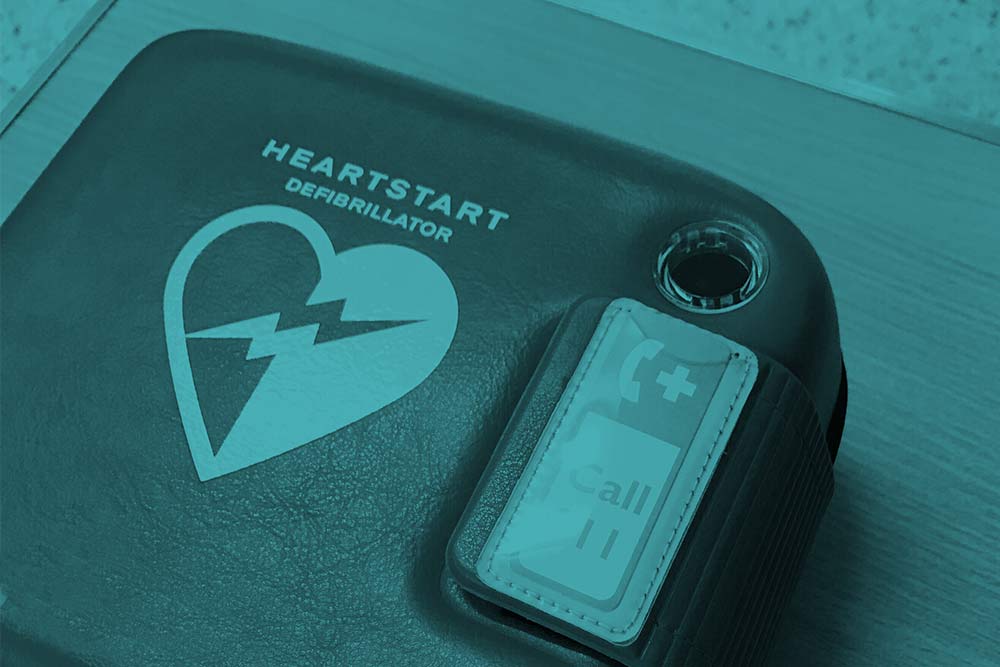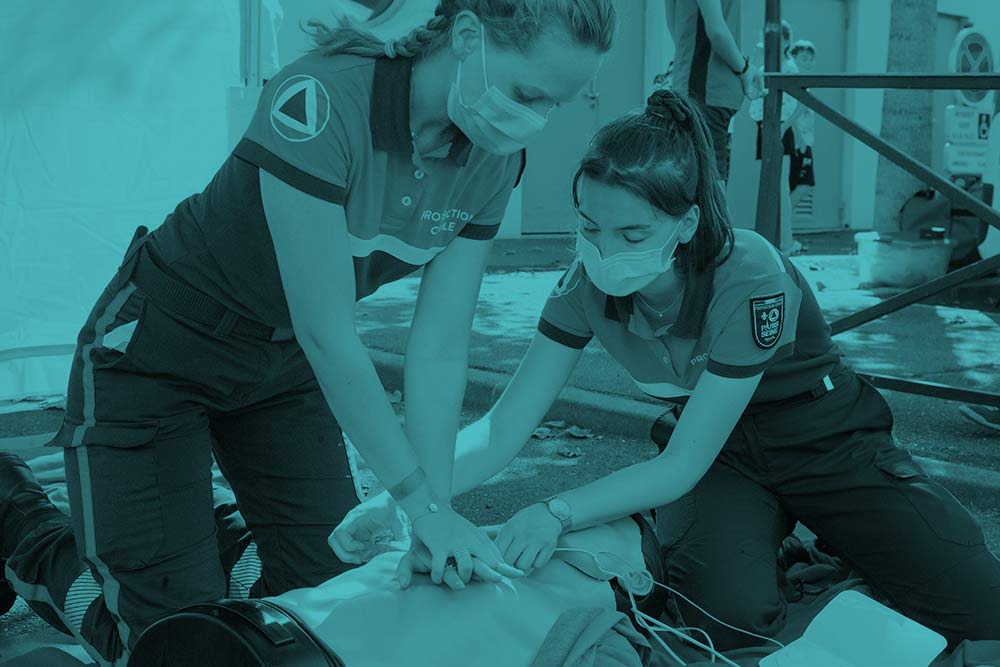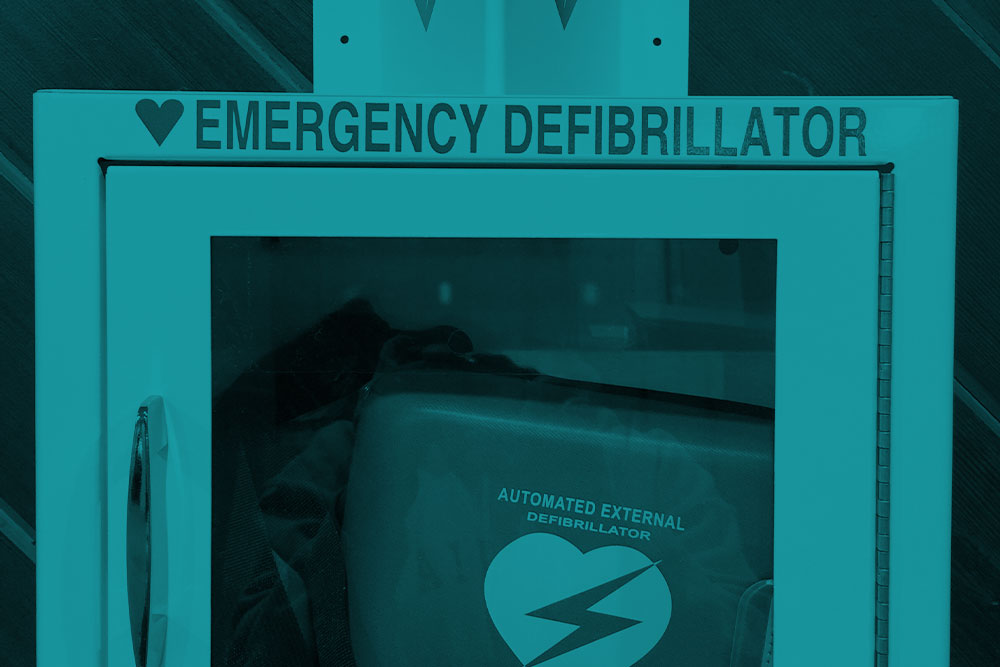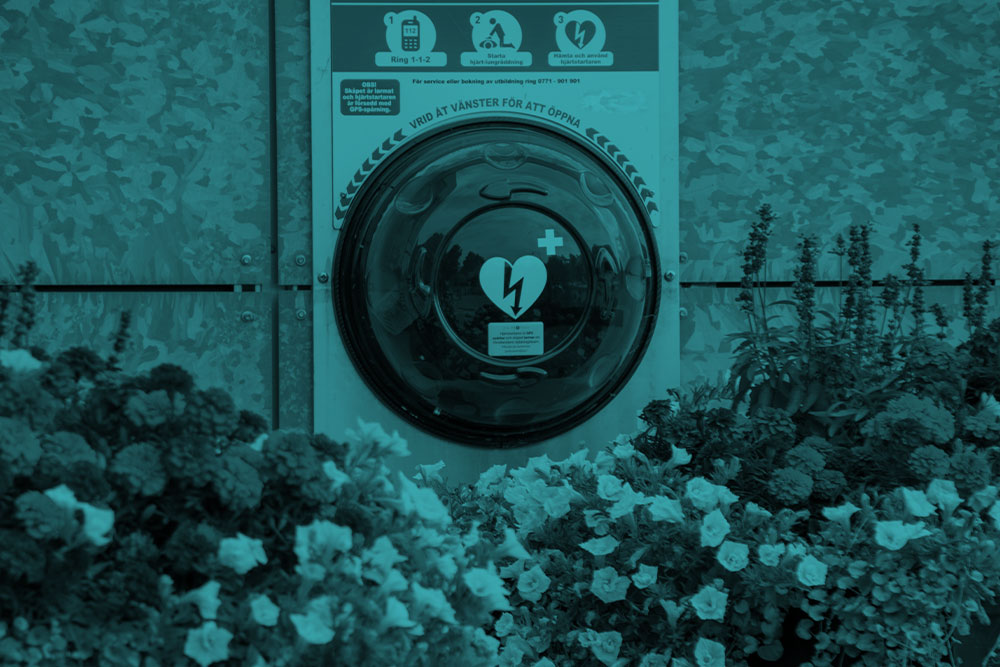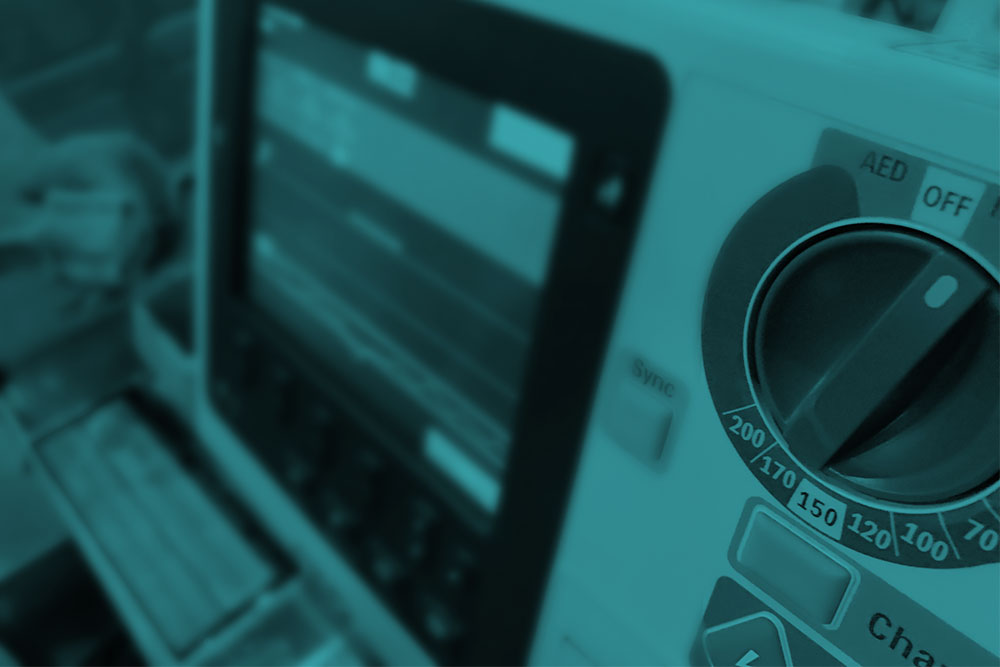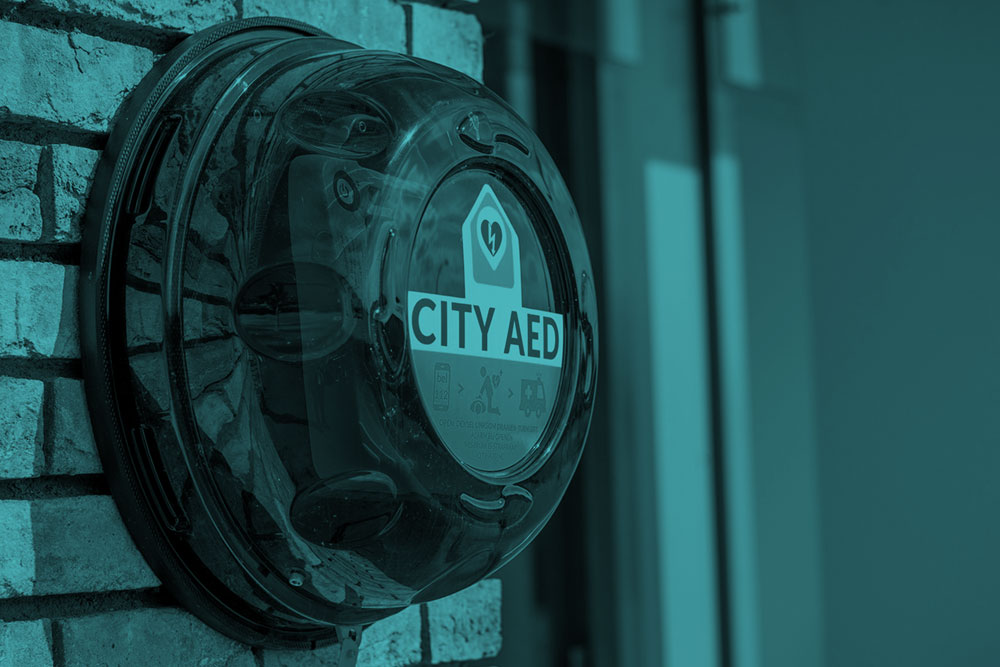Introduction: Early defibrillation within minutes increases survival after in-hospital cardiac arrest (IHCA). However, early defibrillation is often not achieved even though automated external defibrillators (AEDs) are available. We aimed to investigate how AEDs were used and the barriers and facilitators for successful use.
Methods: We conducted unannounced, full-scale in-situ simulations of IHCAs in hospital wards with an AED. A debriefing followed the simulations. The simulations and debriefings were video recorded, and the debriefings were transcribed for subsequent qualitative analysis about the AED use.
Results: We conducted 36 unannounced in-situ simulations, and an AED was used in 98% of simulations. It was decided to collect an AED after a median of 62 (31; 123) seconds, the AED arrived after 99 (82; 146) seconds, were attached after 188 (150; 260) seconds, and the first shock were delivered after 221 (181; 301) seconds from time of cardiac arrest diagnosis. We identified three main domains related to barriers and facilitators of AED use: teamwork, knowledge, and transfer. Frequent reasons for successful use of an AED were recent resuscitation course, previous experience, and leadership. Reasons for unsuccessful use were doubt about responsibility, lack of knowledge, and lack of contextualized training.
Conclusion: During unannounced simulated IHCAs, time to defibrillation was often > 3 minutes. Most of the delay occurred after the AED was collected. Non-technical skills and contextualized training were among the main perceived barriers to AED usage. Facilitators for successful use included recent training, previous experience, and successful leadership.
https://pubmed.ncbi.nlm.nih.gov/35677834/



